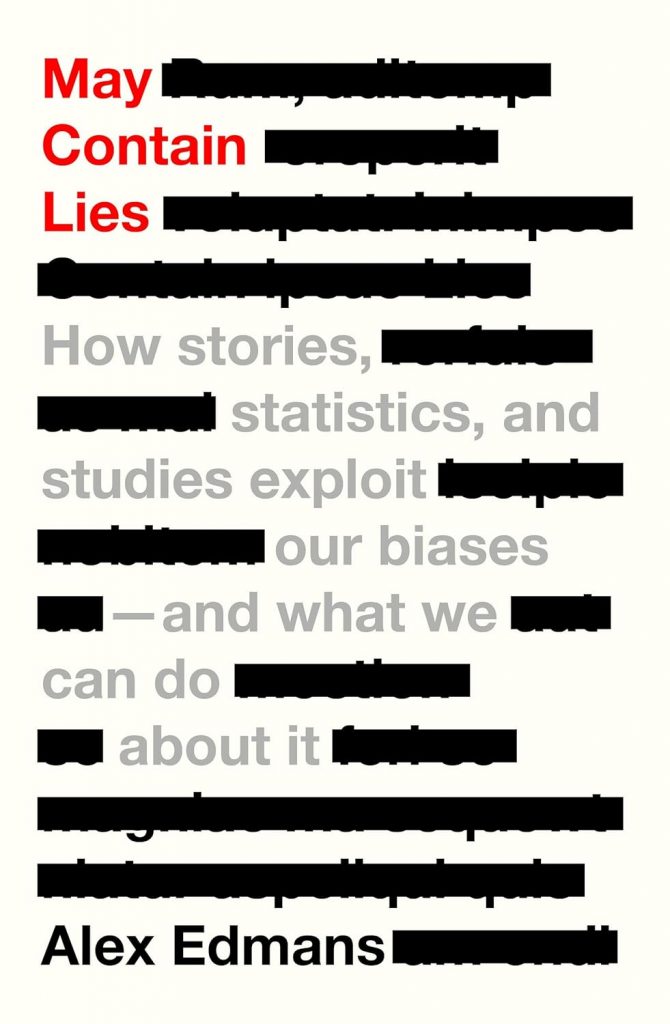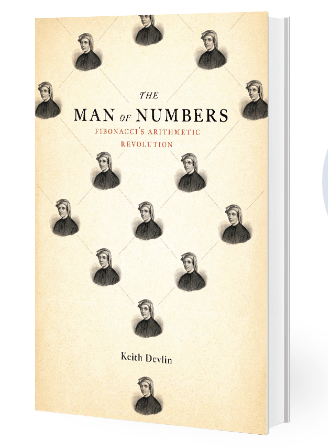Review: May Contain Lies, How Stories, Statistics, and Studies Exploit Our Biases—and What We Can Do About It
A review of a new book by Alex Edmans that helps us understand how bats and pangolins in a Wuhan wet market became the consensus COVID-19 culprits

Consider the following statements …
- The Jan. 6 rioters were unarmed, and the police invited them into the Capitol.
- Former President Trump referred to “very fine people on both sides” of the white supremacist demonstration in Charlottesville, Virginia.
- Incriminating evidence on the Hunter Biden laptop was actually fabricated Russian disinformation.
- Dominion Voting Systems machines were rigged against President Trump in the 2020 election.
- Scientists have thoroughly debunked the conspiracy theory that COVID-19 originated in a Wuhan lab.
While you may have heard these statements repeated with certainty by friends, family, neighbors or talking heads—each is a lie.
The falsehoods were simply regurgitated by people inclined to accept them as true.
But in his new book, Alex Edmans explains the biases causing us to mistake fiction for facts, facts for data, data for evidence and evidence for proof.

You have just climbed what Edmans refers to as “the ladder of misinference,” the result of “confirmation bias and black-and-white thinking … the two biggest culprits in causing us to misinterpret information.”
Longtime Luckbox readers will recognize Edman’s thinking as perfectly aligned with our editorial mission. Our annual forecasting issues and Luckbox Bookshelf articles include numerous forays into how to make thoughtful, well-informed decisions about life, money and probabilities.
We appreciate Edmans’ decision not to waste the reader’s time by examining the motives behind sources of disinformation. Almost invariably, authors who choose that path succumb to their own ideological biases, invalidating their message and squandering their credibility.
Instead, Edmans takes the reader to school as he ascends the ladder of misinference in what were likely a series of lectures intended to teach his finance students at the London Business School not to mistake facts for evidence, or data for proof.
Like any good professor, Edmans makes the curriculum approachable by explaining the thesis of each chapter through case studies and examples. For an example of this, read an excerpt from the book we published last week. It indicates data is not evidence. Then visit the book’s website to read The Marshmallow Study Revisited for an anecdotal illustration of how evidence is not proof.
May Contain Lies accomplishes its objective by providing readers with a method of evaluating the usefulness of statements, facts, data, evidence and proof in decision-making. Each chapter ends with a useful checklist of actionable takeaways intended to arm readers with the ability to recognize the bias, black-and-white thinking and outright lies disseminated by media, academia, politicians, government and even scientists.
May Contain Lies: How Stories, Statistics, and Studies Exploit Our Biases—And What We Can Do about It, by Alex Edmans, University of California Press (2024).
Book Value: 3.5 (of 5) Recommended
Jeff Joseph is Luckbox‘s editorial director.
